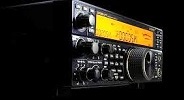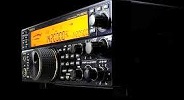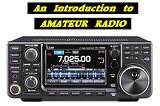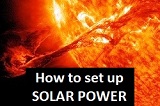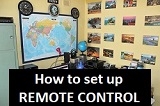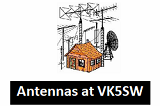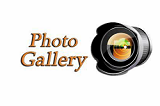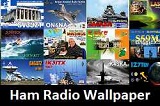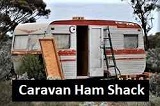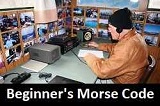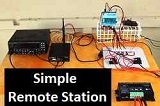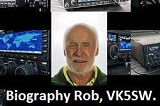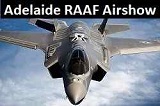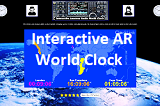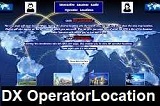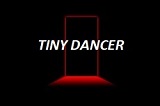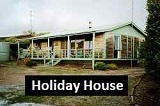The Hobby of Amateur Radio (also known as 'Ham Radio') has been around for well over 100 years. This Hobby basically involves qualified people communicating with each other using their 'Amateur Radios', (transmitters and receivers / transceivers) which operate on specific bands of frequencies. Amateur Radio Operators, also known as 'Hams' come from all walks of Life. From engineers and doctors to bricklayers and teachers, Operators now number around 3 million, Worldwide. Both able and disabled people can participate. This is a fabulous pastime for visually impaired people. Ages range from about 8 years to people well into their 90's. There are more Women Amateur Operators nowadays than ever before. Ham Radio gives Operators a sense of excitement, 'working Hams from around the Globe.' Italian 'Guglielmo Marconi,' electrical engineer and inventor is credited with being the first Amateur Radio Operator to send and receive morse code radio signals across the Atlantic in 1901. He shared the Nobel Prize in Physics with Karl Braun in 1909 for their contributions to the development of wireless telegraphy. The first Amateur Radio Club, 'The Wireless Institute of Australia' was formed in 1910.
w insignificant are w
Amateur Radios are able to be used in a wide variety of ways. Of course, using a microphone to chat to someone and hearing their voice coming in from possibly thousands of miles away is always a thrill. Morse Code is still used today by thousands of Hams around the World. With the coming of computers, various forms of digital communications are now wide spread within the Amateur Community. For example, you can have a 'digital conversation' by using your Amateur Radio Station and computer keyboard to type messages to each other. Radio Signals on Earth are basically received and transmitted instantaneously, whereas to reach the planet Mars, they can take about 20 minutes or more. These days, using some modes of Digital Radio Communication, signals can now be detected and decoded which are not even audible. Remotely operating a station is now becoming popular too. This means that even though you may be thousands of miles away from your Amateur Radio Station, using a fast Internet connection to it, you can still operate it from many places around the World. You may be in Texas, U.S.A., for example, but your Radio Station may be in England. With an adequate Internet connection between the two, you can control your Station remotely, even though you may be thousands of miles away from it. Such is the power of the Internet. ie. your transmitted signal emanates from England. A similar front panel to Your Radio is seen on Your computer screen and this enables You to control various functions which are within Your Remotely Operated Radio. An Amateur Radio company, 'RemoteHamRadio,' which requires a fee, enables licensed Amateurs to operate their excellent Radio Systems Remotely.
Pictures can be sent via Radio using Slow Scan Television (SSTV). Ham Radio signals are able to be sent to the Moon and reflected back from its surface to Earth so that Operators on the other side of the Earth are able to receive the weak reflected signals. This is known as 'Moon Bounce,' usually requiring large antenna systems. Many Amateur Radio Satellites made by Amateurs are in Earth orbit. These 'Birds' receive Amateur Signals transmitted to them and retransmit the Signals back to Earth so that the Signals are able to travel further around the World. As mentioned, an Amateur Radio Station is located on board the International Space Station and contacts from there are often made to classes of School Children on Earth.
Ham
Radios are also used while operating
Mobile,
from push bikes, motor bikes, motor cars
and boats to aeroplanes. They are also
operated by Hams in hard to get
to places. From various remote islands
and mountains around the World to
inhospitable locations like Antarctica.
Public Service is at the Forefront
of Ham Radio. Amateurs often provide
valuable Help to the Public in
Times of Need. It may be the
relaying of critical information about
the advancement of a wild fire
in Central Australia or the well
being of people who have suffered
an Earthquake in Chile, South America.
There are many other aspects to
Amateur Radio as well. Some Amateurs
participate in Amateur Radio Contests
of various forms. Each year in
October the 'Jamboree on the Air',
'JOTA' is held which involves about
a half a million Boy Scouts and
Girl Guides with the help of
Amateur Radio Operators around the
World chatting with one another and
learning about their lives and
activities in different countries around
the Earth.
The Hobby often leads People to
a career in Electronics and Associated
Fields of Employment. Most Hams are
interested in the workings of Radios
and Electronic equipment and this is
a driving quest which leads them to
the understanding of how Electronic
circuitry works.
Many Hams build their own equipment
and there is a great deal of
satisfaction in doing so. A large
number of Hams build their own
antennas too, some of which are
huge. If interested,
Prior to the
Worldwide spread of the Covid
Influenza, Amateur Radio Associations quite
often held 'Hamfests' where Amateurs
and associated companies would display
Amateur Radio equipment of all kinds
for sale, both new and used. This
is now coming back whereby AR
equipment is up for sale, face
to face. However, initially with the
Covid problem, 'Eric Guth, 4Z1UG' and
Amateur Friends created an online
Virtual AR Meeting Place whereby many
Amateurs from around the Globe are
able to participate and show a
video or more of their individual
favorite aspect of the Hobby. There's
much more to it than I've shown
here. This has been a great
success and enabled Hams to
participate in a virtual get together.
It usually runs for a weekend or
so, two or three times a year
but this will vary.
Click Amateur Radio Clubs are wide spread throughout many Countries. Regular meetings are held where Licensed Amateurs and People aspiring to become Hams come together to share their Common Interest. Lessons are given and different grades of License Examinations can be taken here to qualify for your Amateur License. A basic knowledge in Radio Theory and Operating is all that is needed to acquire the Basic License. Young Children are able to pass these tests and become Licensed Amateur Radio Operators. Each licensed Ham Radio Operator is given a Call sign to identify Him or Her. The Call sign also indicates the Country in which they live. For example, my individual call sign is VK5SW. The prefix of 'VK' indicates that I am in Australia. The 'number 5' indicates that I am located in the state of South Australia and the letters 'SW' are my own individual call sign letters. 'QSL Cards' can be exchanged between Hams to confirm their contact or conversation, although not often these days because of the Internet which is faster than through the mail. Amateur Radio Operators include Nobel prize winners, singer/songwriters, musicians, Hollywood movie producers/directors, actors, composers, authors, politicians, professors, astronauts and scientists. Well known Ham Radio personalities include country and western singers Patty Loveless KD4WUJ and Chet Atkins W4CGP sk, singer Donnie Osmond WD4SKT, The Eagles band member Joe Walsh WB6ACU, newsreader Walter Cronkite KB2GSD sk, actor Marlon Brando FO5GJ sk, Priscilla Presley NY6YOS, King Hussein of Jordan JY1 sk and Australian, Dick Smith VK2DIK. Around 3 Million people Worldwide are licensed Amateur Radio Operators.
Click- Amateur Radios by Icom. Amateur Radio can enable you to forget about yourself and your worries and fill you with feelings of contentment, even excitement. It may be a good idea if You obtain an appropriate Radio Receiver. It doesn't need to be very capable but by doing so, You will hopefully be able to listen to Amateur Radio Operators chatting with one another. In my case, when I was a 15 year old teenager, I found an old short wave radio at the local rubbish tip. Took it home, repaired it and was then able to listen to Ham Radio Operators, Worldwide. This inspired me and drove me into the World of Amateur Radio. Perhaps something similar can happen for You. However, if You live in a city, the background noise on the radio is probably too great to be able to copy Amateur Radio Signals. You may be able to do so though by listening to Radio Signals online. Google 'Amateur Radio Receiver online,' or similar. Amateur Radio has been and always will be a Passion for many People from all Walks of Life. Whether you are a Mother, a Construction Worker, a young Person, Boy or Girl, or a Professor, there is the opportunity for You to experience Great Fun via Radio Communications. Why not take the first step towards a rewarding past time and google 'Amateur Radio Association' or similar in your Country or City. (If in Australia, https://www.wia.org.au), (The US, https://www.arrl.org). Thereafter, if interested, pursue it and then, one day, when You are licensed and sitting in front of Your Amateur Radio, You will have the World at Your finger tips which can enable You to make Radio Friends around the World and open Your mind to new possibilities. The Sky is not the limit. We are. It's All up to Us.
Science will save our democratic ways of life.
Australian, 'Paul Hogan' as 'Crocodile Dundee.' Click above. Click Below.
|
he |






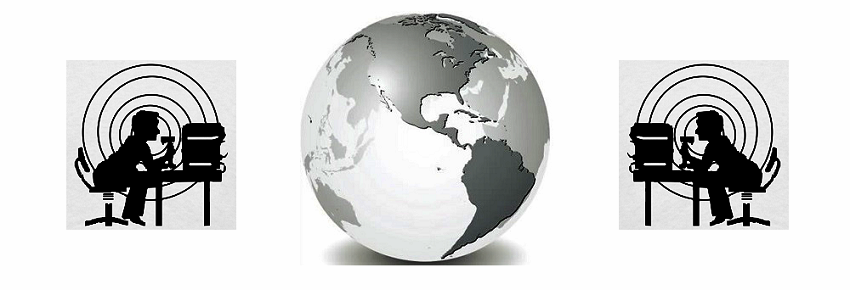

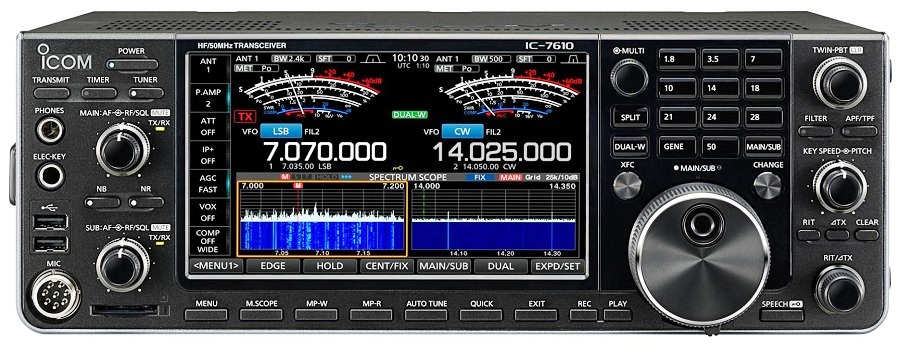
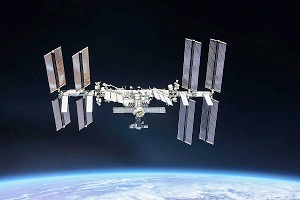
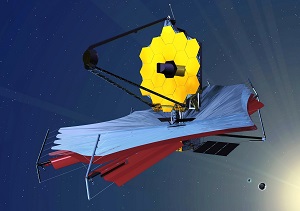



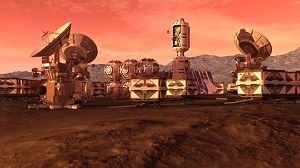

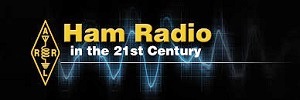
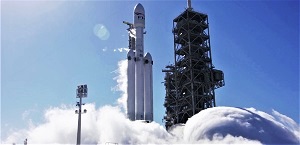
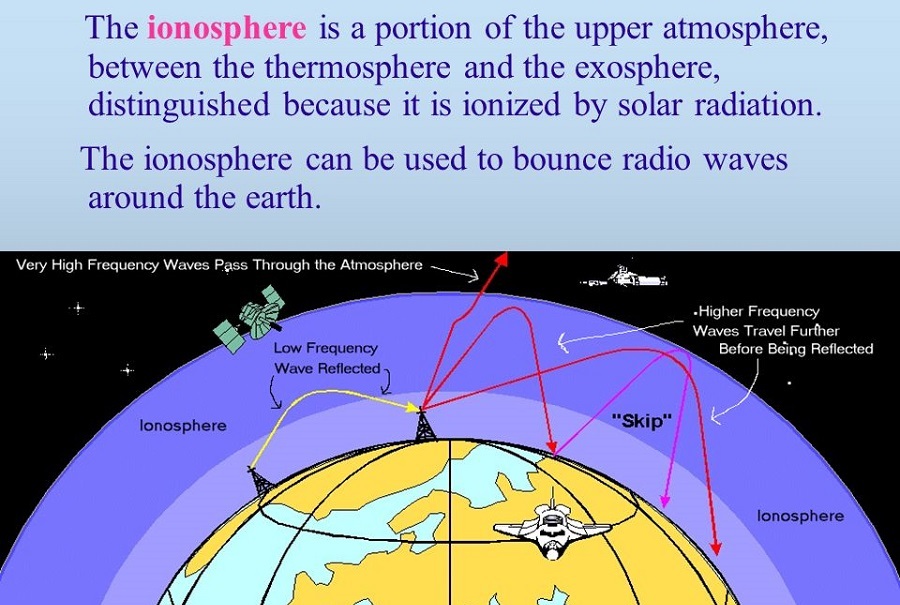
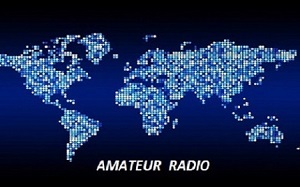
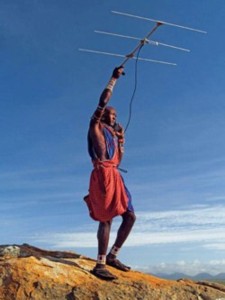
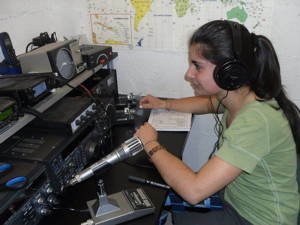
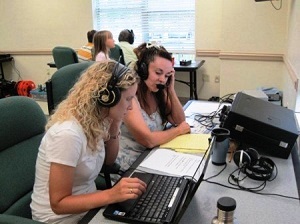
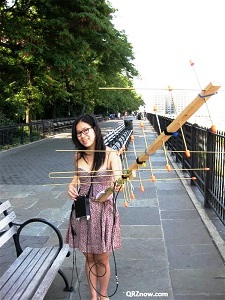
%20-%20Copy.jpg)



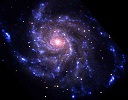




.jpg)
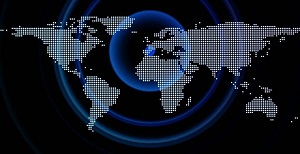


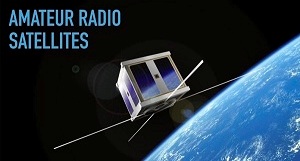
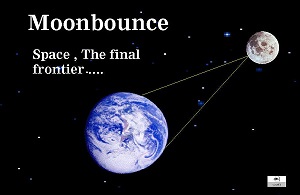
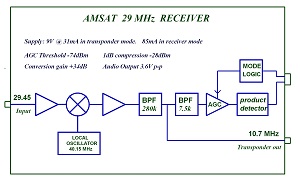
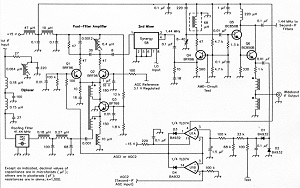
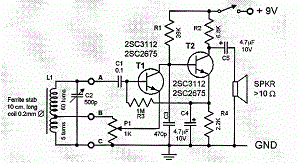
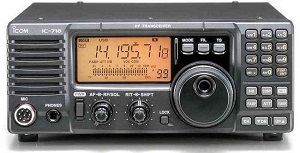
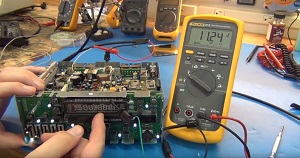
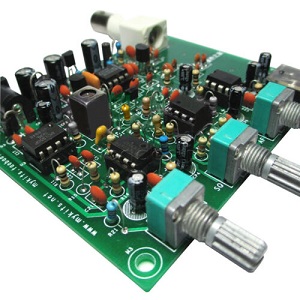
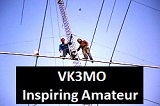
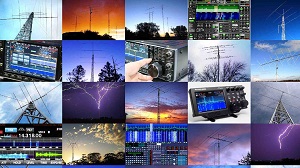
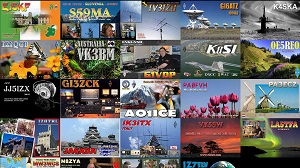
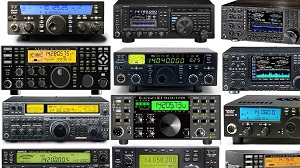

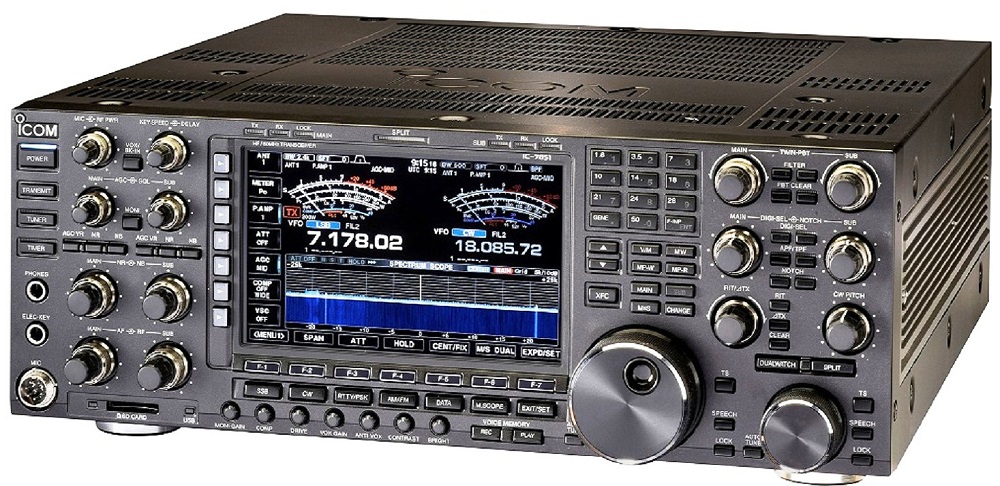 IC-7851
IC-7851